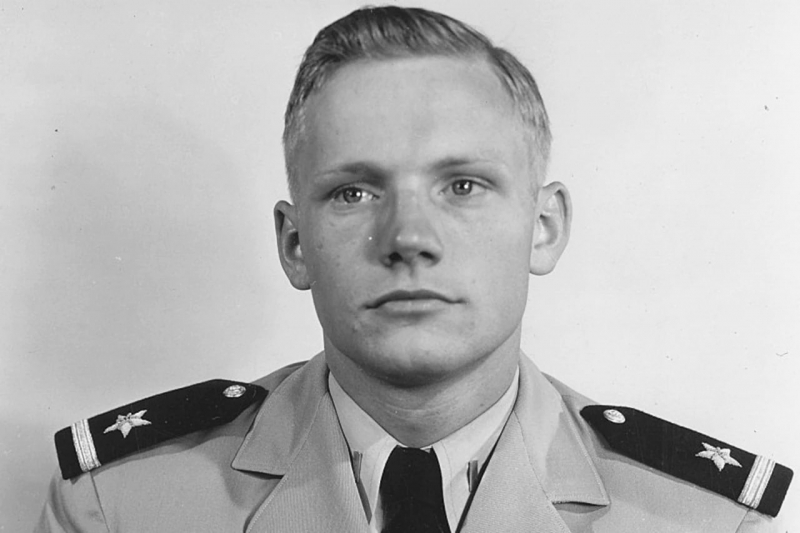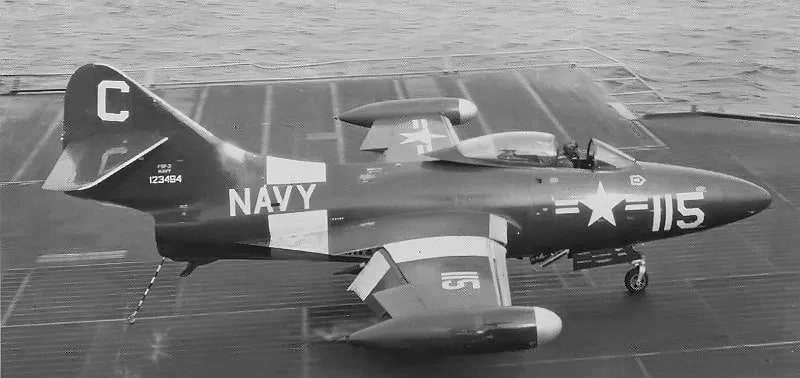Neil Armstrong Used To Be A Soldier

Armstrong graduated from Purdue University with a degree in aeronautical engineering after the US Navy paid his tuition as part of the Holloway Plan to upgrade the training of US navy commanders. Soon after receiving his training, he flew the Grumman F9F Panther from the aircraft carrier USS Essex during the Korean War. Armstrong, a U.S. Navy pilot, participated on 78 combat missions during this war.
In 1952, he quit the military and went back to school. Armstrong joined the National Advisory Committee for Aeronautics (NACA), which later changed its name to the National Aeronautics and Space Administration, a few years later (NASA). He performed a variety of tasks for this government agency, including acting as a test pilot and an engineer. He tested a variety of fast planes, including the X-15, which had a top speed of 4,000 mph.
On February 25, 1952, Armstrong's regular commission was revoked, and he was appointed an ensign in the US Navy Reserve. In May 1952, after serving with Essex in battle, he was transferred to a transport squadron, VR-32. On August 23, 1952, he was taken off active duty. He stayed in the reserve, though, and on May 9, 1953, he was promoted to lieutenant (junior grade). He continued to fly as a reservist, first with VF-724 at the Naval Air Station in Glenview, Illinois, and later, after relocating to California, with VF-773 at the Naval Air Station in Los Alamitos. On October 21, 1960, he resigned his commission after eight years in the reserve.










